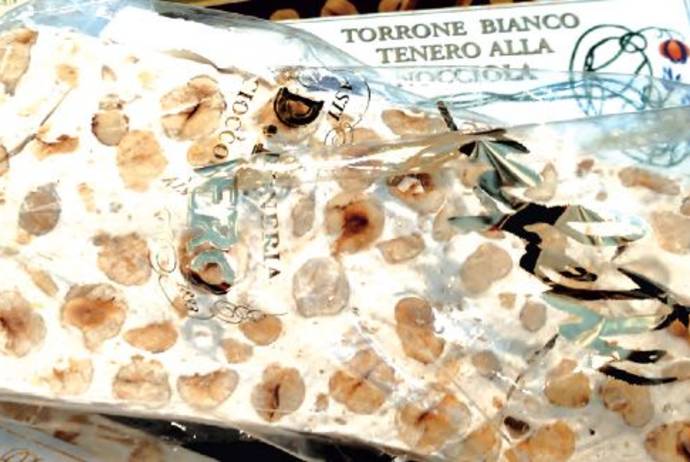“Everything there is to know is written in the New York Times article and all the other numerous articles that have come out recently. There so many of them but they all basically say the same thing.
All I know is that there are many online petitions to save the building from demolition. They're collecting thousands of signatures so that the building can be declared a landmark to be preserved and therefore saved.”
The anonymous employee of the Rizzoli bookstore at 31 West 57th Street is agitated, understandably as they all are fighting hard to save the place they have called home for the past 30 years.
“Everybody is asking us what is going on, all our faithful customers are pretty shocked and upset. Both the Italian and the American communities are coming over to ask, every single day, if there is anything they can do to help. We have received plenty of messages, and people are concerned not just for us but for all what's happening on 57th street, as many other buildings, including the one hosting the Steinway showroom, are facing the same, or a similar, threat.”
On January 14th, the New York Times published an article by Charles Bagli by the title “Bookstore May Have to Flee the Wrecking Ball, Again.” In it the author announced that the owners of the site “the LeFrak real estate family and Vornado Realty Trust — recently gave the bookstore the bad news: They plan to demolish the six-story, 109-year-old building, as well as two small, adjoining buildings.” The bookstore therefore needs to find a new location, as it did 30 years ago when it arrived on 57th street from another store not too far away on Fifth Avenue (on 712 Fifth Avenue, next to the Coty Building and near both the Doubleday and Scribner’s bookstores).
To many a store, especially a book store, is just a store, and books now are considered so obsolete. But the truth is Rizzoli is more than that, it is a reality to step into, three floors of beautiful books that make you travel all around the world, to different countries and eras, to meet your favorite celebrities or read about kings and warriors, to learn about Italy and its beautiful language, delicious food and multifaceted art. The store is also “an impressive example of adaptive reuse of a former piano showroom into a retail space and one of the few remaining examples of architecturally significant bookstores in an era where bookstores are increasingly threatened.”
“The building, designed by architect Randolf Almiroty who, unfortunately is virtually unknown to architectural history, itself is identified by the bookstore that has been there for decades,” our source continues, “but we're not concerned only about the shop alone, new yorkers love this place that is an icon of New York City architecture and one of the most beautiful commercial spaces in America . It is a pity to see it destroyed.”
How can it be saved? It has to be declared a landmark building, but as of now “The Landmarks Preservation Commission, whose mission is “to be responsible for protecting New York City’s architecturally, historically, and culturally significant buildings,” has declined to grant landmark status to the building on the grounds that the property “lacks the architectural significance necessary to meet the criteria for designation,” despite the Community Board voting unanimously in favor of designating 31 W 57TH Street a landmark in 2007.”
Peg Breen, President of NY Landmarks Conservancy, has publicly declared that “it’s unlikely at this point that the three little gems, the Rizzoli building and its two neighbors, will be saved unless a public backlash is strong enough to convince city officials otherwise. This brought the creation of Save Rizzoli, “a movement by private citizens concerned with the prospect of a culturally and architecturally significant New York building being destroyed.”
They can be contacted at [email protected]
And the petition can be signed at https://saverizzoli.wordpress.com/petition-to-save-rizzoli/







































